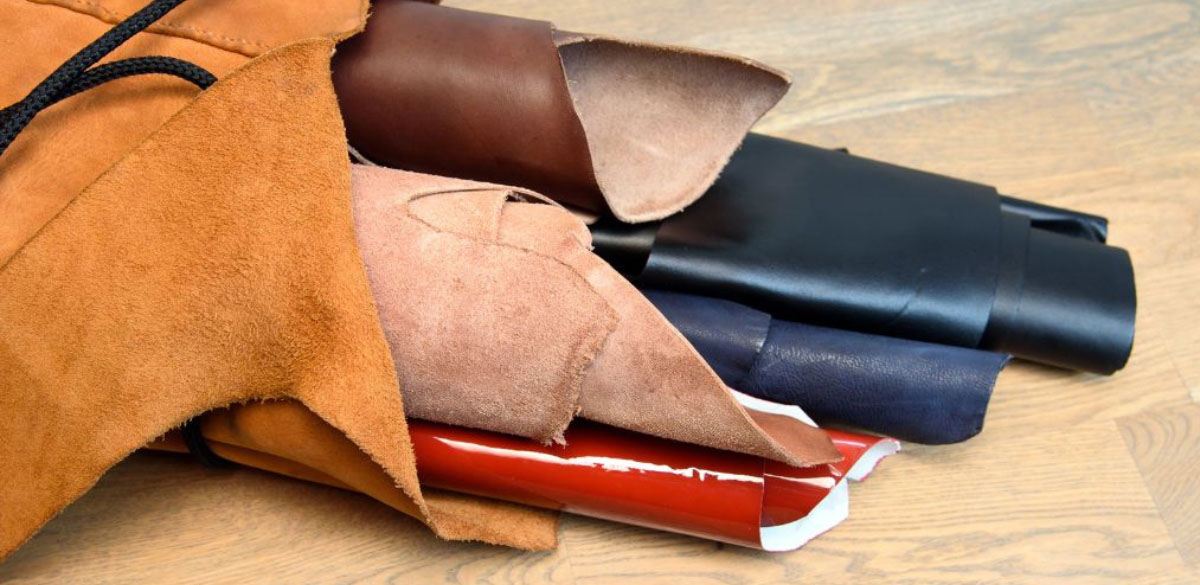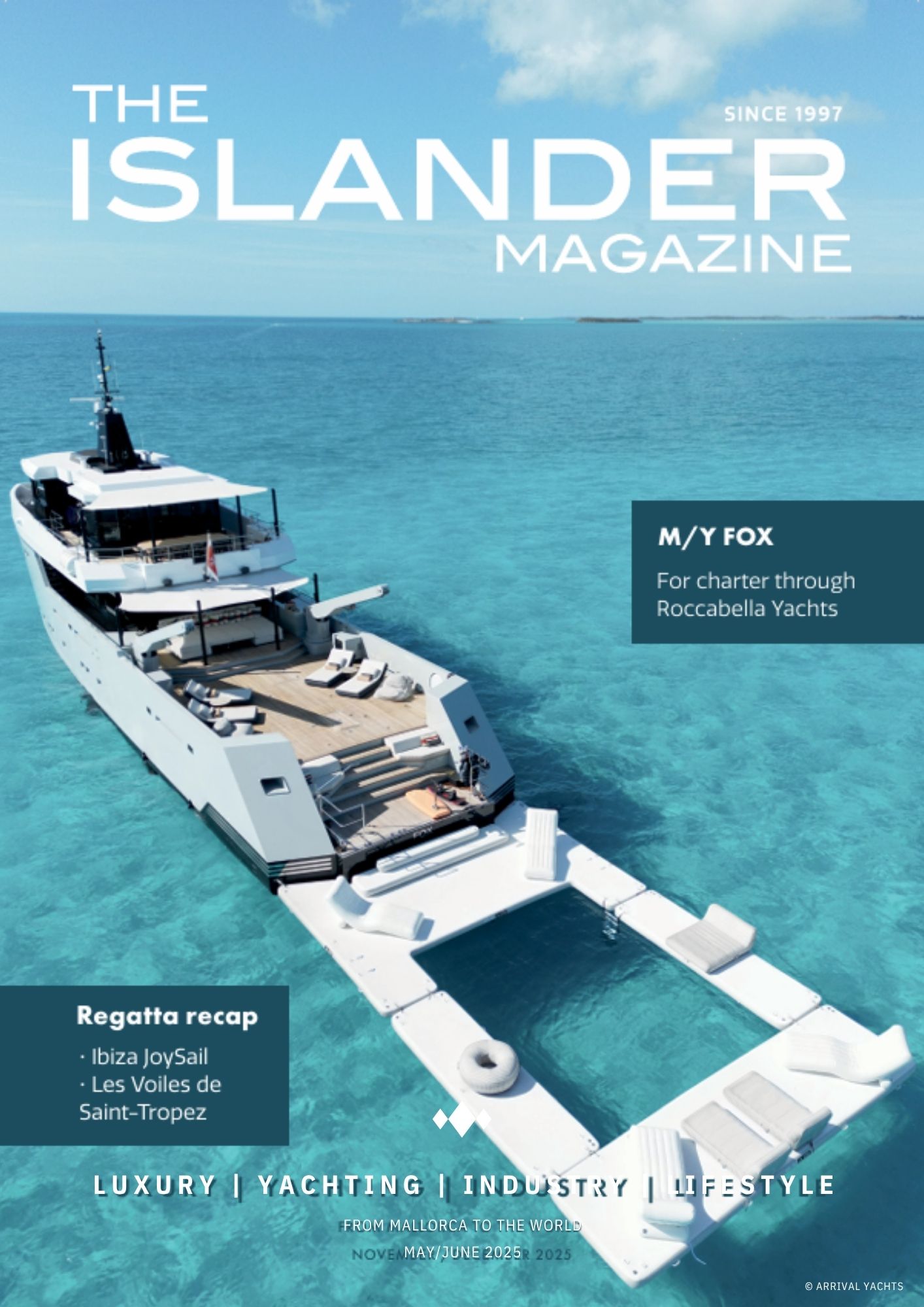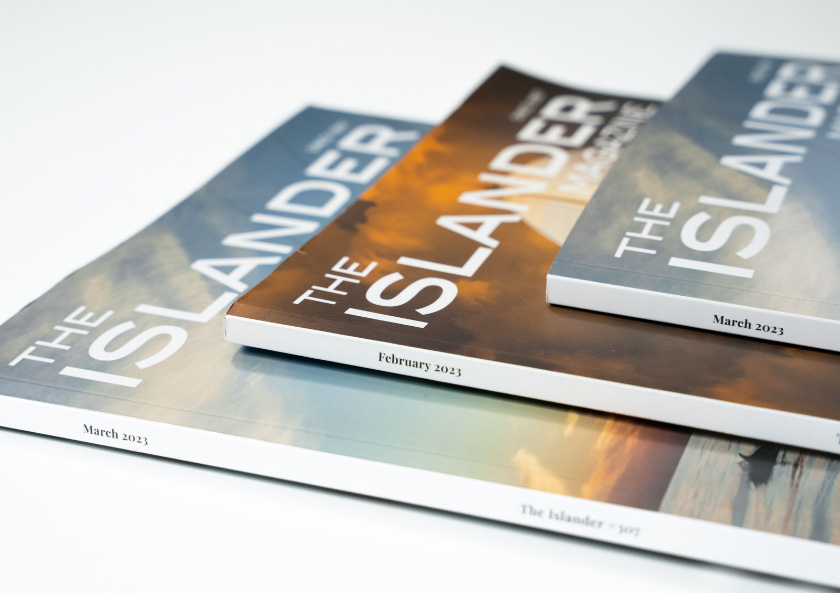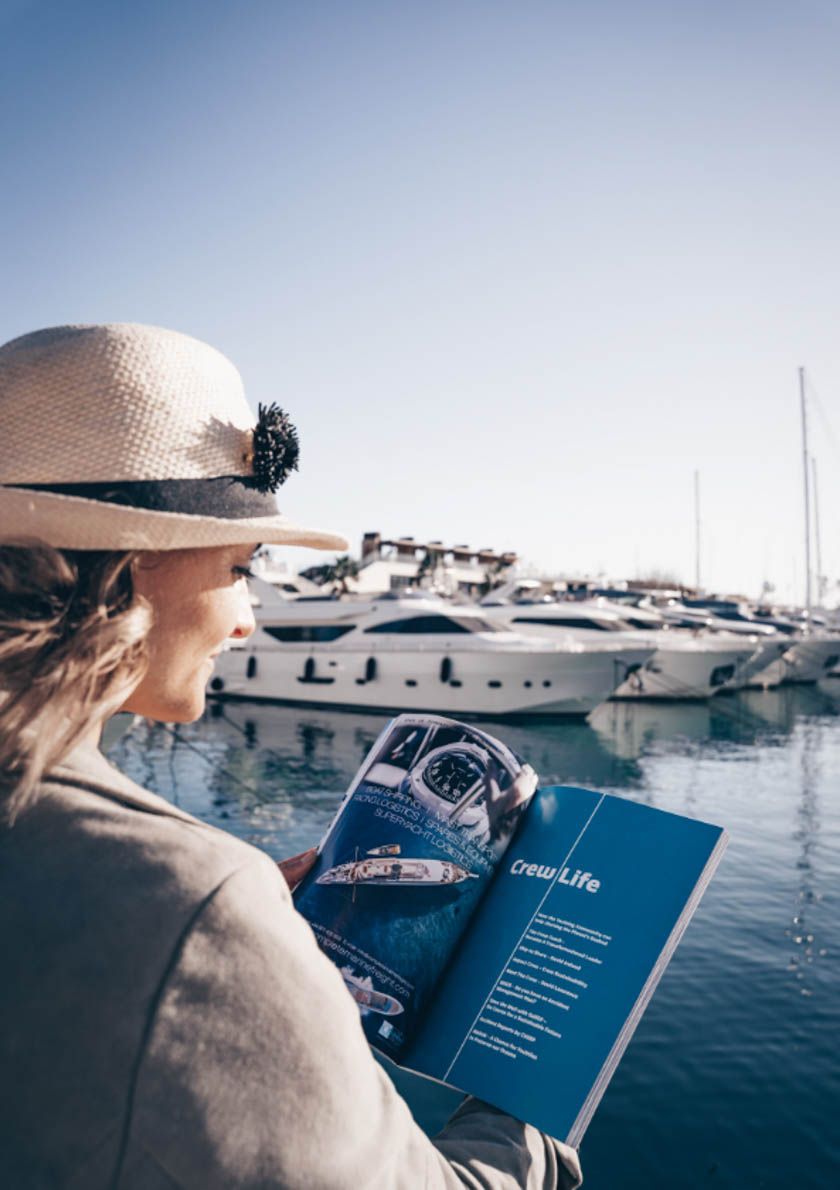Veganism is on the rise – and it’s not just the chef that needs to worry about it! An increase in awareness and new production techniques mean a downturn in sales of items derived from animals.
For many, veganism is more than just a diet; it is a lifestyle that avoids animal-derived products. Furnishings and homeware made from materials taken from (or tested on) animals’ or insects’ bodies are to be avoided on cruelty and exploitation grounds
So with this in mind let’s look at some of the ways that we are moving towards a more animal friendly interior:
- Toiletries: Do you know if your toiletries are vegan certified or do you have a backup vegan option if needed. More and more companies are making the move to produce fully vegan products, which is different to just being cruelty free in that as well as not testing on animals there are no ingredients that have come from any animals used to produce the toiletries. A recent study showed that non-vegans are also switching their beauty products, due to a rise in conscientious consumerism and an interest in caring for the environment.
- Leather and animal hide: The rise in the use of Apple leather has been given extra exposure. Thanks to top designer Phillipe Starke’s latest range of furniture made from Apple ten lork, derived from the skin and other waste products of the apple industry, it has the look and feel of real leather. Piñatex (A pineapple based leather) is also on the rise and is used heavily in the worlds first vegan hotel suite in the Hilton London bankside hotel
- Bone china: The traditional technique used to make bone china dinnerware is made by adding bone ash (normally from cows) to the clay mixture giving an almost translucent, milky appearance. The good news is that Porcelain is a great alternative and can be made to such a high standard that it is considered a luxury material without the need for animal derived ingredients.
- Silk: When we think of silk clothing or accessories, they are synonymous with luxury but the process of making silk is to extract long fibres from silkworms by boiling, roasting or freezing them alive making it decidedly un-vegan! Alternatives that mimic the feeling of real silk are bamboo silk which is known for its softness and sheen as well as eucalyptus and pine based materials which also mimic the qualities of the traditional fabric.
- Wool carpet. Woolen carpets are soft underfoot and have long been the choice of flooring for the luxury market. As well as carpet, blankets and throws made from wool are a common feature. A new technique uses ocean plastic waste to recreate the feel of wool and hopefully will be more widely available soon.
- Beeswax candles. Whilst creating your mood lighting for the evening you may not realise that the candles you’re using contain beeswax, but this is one area that is very easy to make a change, the rise in brands using soy or plant based waxes to manufacture candles is steadily growing and you’ll never know the difference.
- Paint. Staunch vegans avoid using traditional paint to decorate their homes because the binder used in the manufacture contains animal products (usually casein, a milk protein), and the paints may have been tested on animals. Vegan paints are available though and as we become more aware of manufacturing processes; the larger brands are sure to take note.
- Down. It’s widely known that the most luxurious duvets and pillows contain goose and duck feathers to give softness and warmth. However once again great strides have been made to accurately imitate this with non-animal derived materials. These materials include kapok and buckwheat and synthetics that are strategically placed to make you feel as comfortable and warm as if it were down.
Many vegans will gradually change the non-vegan items in their home as needed, rather than contributing to waste by discarding perfectly good items because there may be animal derived. And, as you can see, it will become easier and easier to do so as new and innovative designers come up with alternatives.




























0 Comments